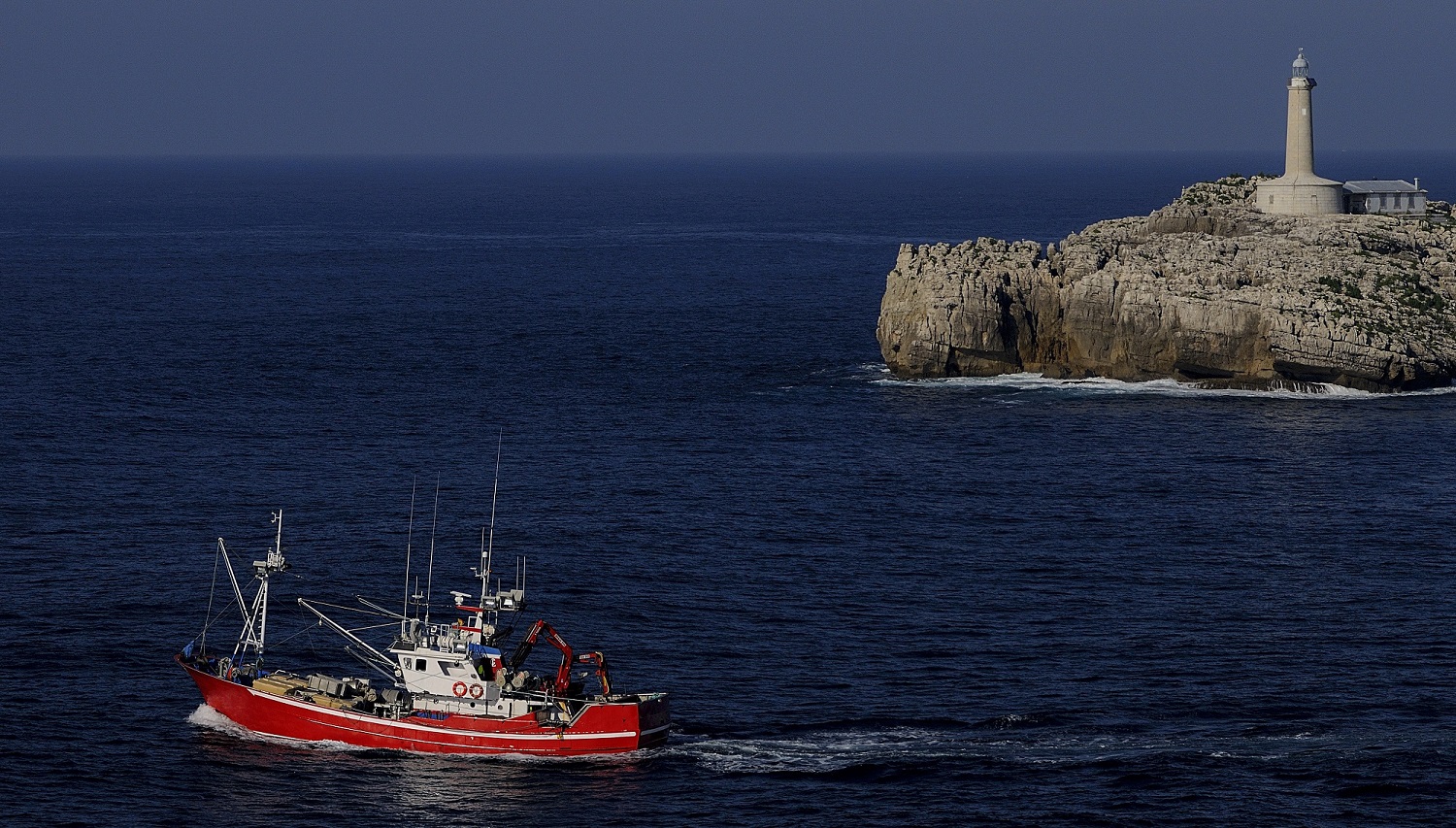Within the framework of the CetAMBICion project, we have studied the impact of different fishing gears and identified the areas and seasons with the highest risk of cetacean bycatch in the Bay of Biscay and Iberian Coast sub-region. To do this, we have developed a common analytical approach for the three countries participating in the... Read more »
Within the framework of the CetAMBICion project, we have studied the impact of different fishing gears and identified the areas and seasons with the highest risk of cetacean bycatch in the Bay of Biscay and Iberian Coast sub-region.
To do this, we have developed a common analytical approach for the three countries participating in the project, Spain, France, and Portugal, considering the specific characteristics of the fishing fleets of each territory and the different cetacean species.
A total of 24 different fishing gears have been evaluated. Of these, fixed nets, such as trammel nets and gillnets, were identified by the three countries as the gears with the highest risk of bycatch for smaller odontocete cetaceans, such as common dolphin and harbour porpoise, but also for larger ones such as killer whale and long-finned pilot whale.
Purse seine fishing was classified as high-moderate risk for smaller odontocete cetaceans. Pelagic trawlers, which only operate in France, and bottom trawlers, which operate in France and Spain, were also classified as high-moderate risk.
In addition, beach seines, the use of which is most common in Portugal, are also in the high-risk group.
On the other hand, dredges, trawls, longlines, and pots and traps are generally considered low risk, although interactions between cetaceans and these fishing gears may occasionally occur.
HIGH RISK AREAS
To identify high-risk areas for cetacean bycatch, data on the spatial distribution of cetacean species have been cross-referenced with the areas where the riskiest fishing gears are used. To this end, an analysis of fishing efforts has been conducted using data from the satellite-based vessel monitoring system (VMS), logbooks, and sales notes.
Data from the satellite tracking device of French, Portuguese and Spanish vessels have been overlaid with the seasonal distribution of nine cetacean species, considering 18 combinations of gear and species for each season. Although this method has certain limitations, as only vessels over 15 metres in length are obliged to use this device, the analysis has made it possible to identify high-risk areas, which vary for each combination of species, gear type and season, with common risk areas being detected for some species. These are at the edge of the continental shelf or slope, in the coastal areas of the Bay of Biscay and north-west Spain. The availability of this information will help effective management of the problem, as it allows the application of appropriate measures in the areas with the highest risk of bycatch. Possible measures include the seasonal deployment of pingers during fishing activities, the application of the move-on rule or, if necessary, spatio-temporal closures of small, delimited areas with a high risk of bycatch (instead of generalised closures, which are usually applied when it is not possible to determine exactly where and when bycatch is occurring).
The analysis of logbooks and sales notes reveals the areas at risk of accidental catches only at a larger spatial scale but makes it possible to use the fishing effort data of smaller vessels, not recorded by satellite devices. The results indicate that, within the Spanish North Atlantic marine demarcation, the areas with the highest risk of bycatch are the Rías Baixas, the areas around the Avilés canyon, the Llanes canyon and the Peñas cape. In the continental subdivision of Portuguese marine waters, bycatch risk is more widespread and highly variable between seasons, being highest in the areas around the Porto canyon, Setúbal-Lisbon canyon, Aveiro canyon, Nazaré canyon, Carvoeiro cape and the Algarve area.
The results obtained in this joint analysis exercise, using data from the three countries of the sub-region, are of great use in advancing the objective of minimising and reducing cetacean by-catches in the Bay of Biscay and Iberian Coast sub-region.
THE PROJECT
The CetAMBICion project, coordinated by the Institute of Marine Research (IIM-CSIC) and involving 15 partners from Spain, France and Portugal, aims to strengthen collaboration and scientific work between the three countries to estimate and reduce cetacean bycatch in the Bay of Biscay and Iberian Coast sub-region, in close collaboration with the fishing sector.
The initiative is part of the European Commission’s DG ENV/MSFD 2020 (Marine Strategy Framework Directive) call and the objectives are also aligned with the Habitats Directive and the Common Fisheries Policy.


